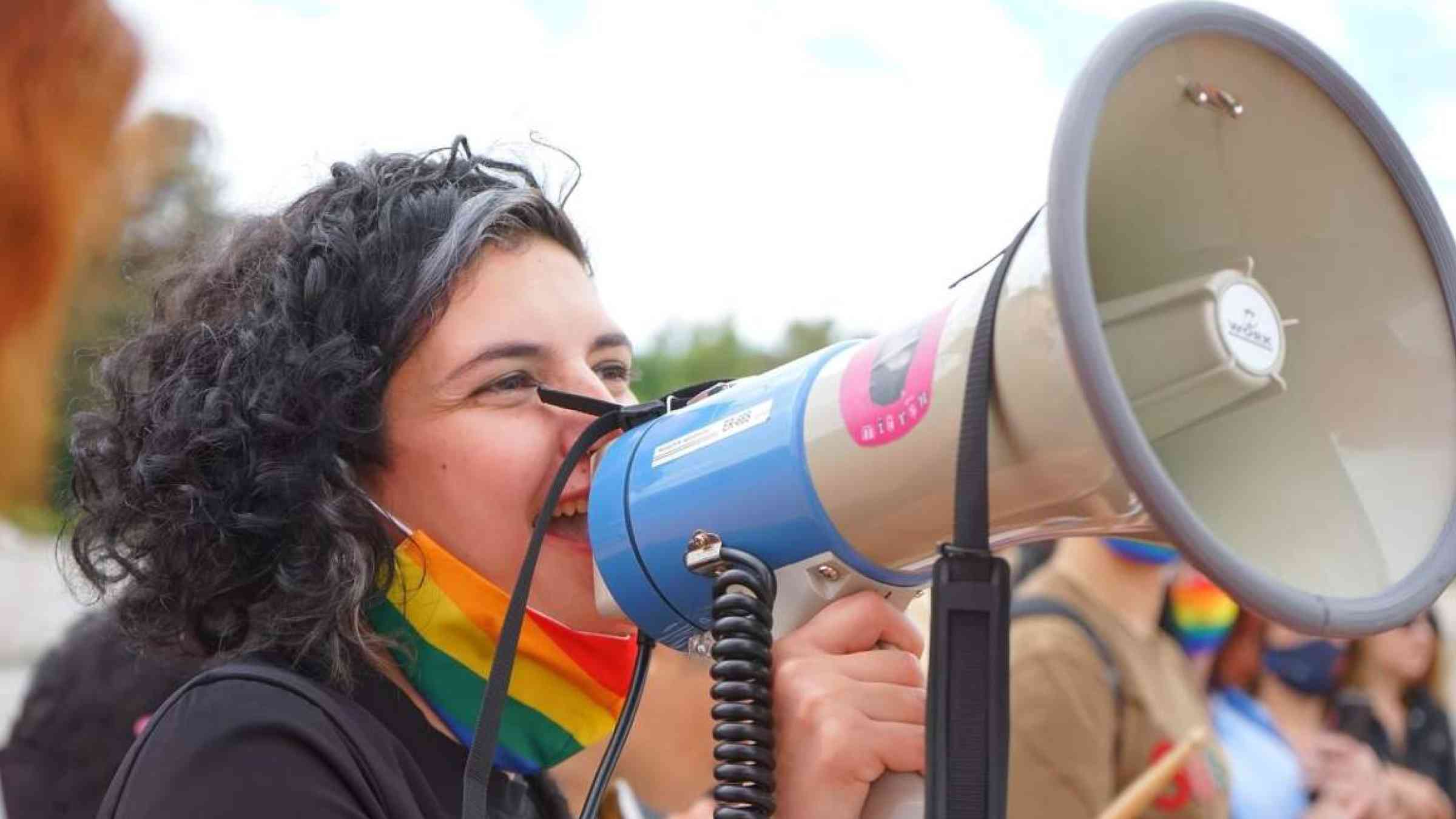Tackling capacity gaps in Early Warnings for All delivery

The Early Warnings for All initiative is a UN effort to ensure everyone on Earth is protected from hazardous weather, water, or climate events through life-saving early warning systems by the end of 2027.
With human-induced climate change leading to more extreme weather conditions, the need for early warning systems is more crucial than ever. Despite the urgent need, only half of the countries worldwide report having adequate multi-hazard early warning systems.
The inability to issue accurate warnings ahead of time is often due to deficiencies in the needed infrastructure:
- Many countries do not have satisfactory monitoring systems for evolving threats. They lack real-time data from their territory and surroundings on elements like ocean waves, precipitation, thunderstorms, and river flows. In addition, some do not have proper access to satellite products.
- Many countries lack the necessary tools for forecasters to identify and accurately forecast these evolving threats such as vertical profiles of the atmosphere, high resolution modelling (atmospheric, oceanic, hydrologic), ensembles, and nowcasting products.
- Many countries lack the necessary IT infrastructure needed to support both domestic and international data collection and coding/de-coding. Proper IT infrastructure is also necessary for providing the required visualizations and tools for forecasters.
INFCOM endorsed a plan to tackle these capacity gaps. The main efforts include:
- Improving the ground monitoring of evolving threats through the implemention of the Global Basic Observing Network (GBON) with the support from the Systematic Observations Financing Facility (SOFF). This program is designed to help the least developed countries through a financing scheme, technical support, and oversight;
- Developing additional ground monitoring networks through the WMO regional associations (RBON);
- Improving the accessibility and usability of global and regional Numerical Predictions products (WIPPS). This effort will increase the number of regional centres, expand the range of products available to Members, and introduce new ways for Members to access the wide and growing range of WIPPS products; and
- Supporting Members in ensuring access to satellite data and products, including real-time data and nowcasting products. This may also include new modalities for Members to access a wide and extending range of satellite products.
Early warning systems are not a luxury but a cost-effective tool that saves lives, reduces economic losses, and provides a nearly tenfold return on investment.
The Early Warnings for All initiative is co-led by the World Meteorological Organization (WMO) and the United Nations Office for Disaster Risk Reduction (UNDRR), with support from the International Telecommunication Union (ITU), the International Federation of Red Cross and Red Crescent Societies (IFRC) and other partners.
